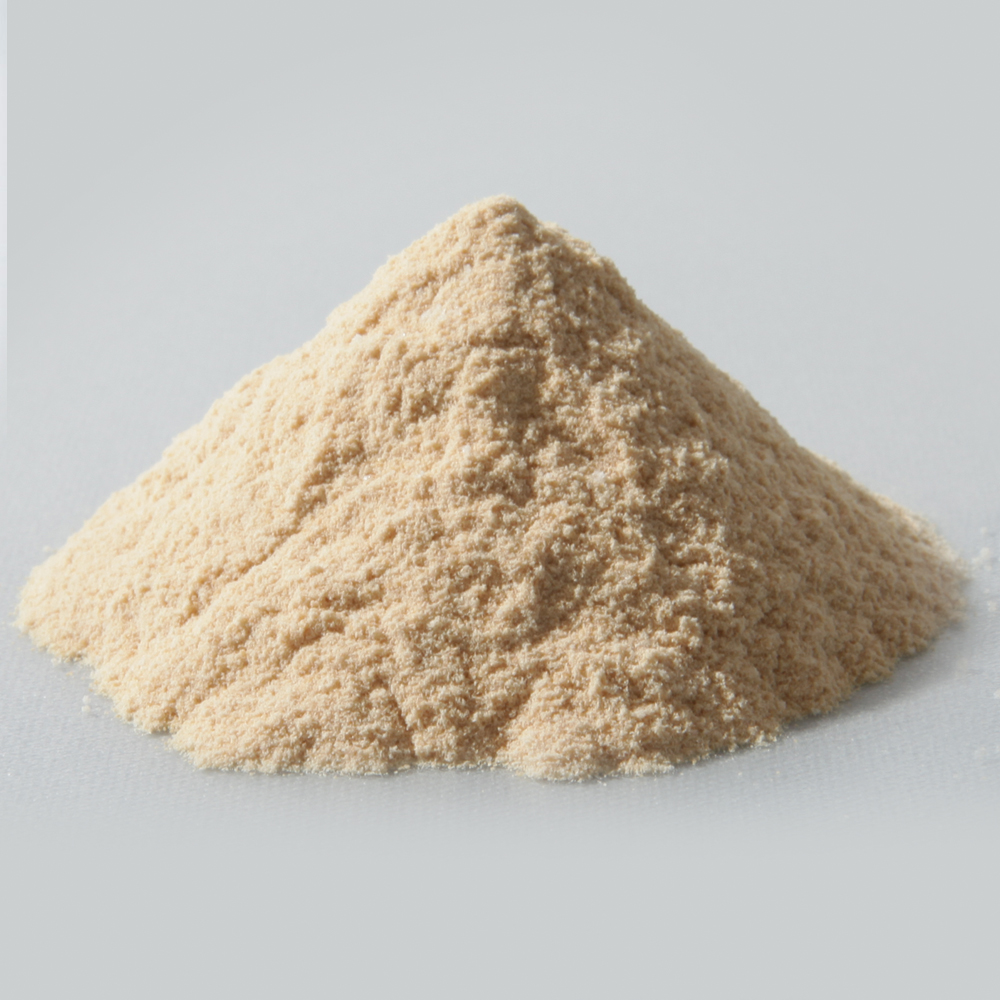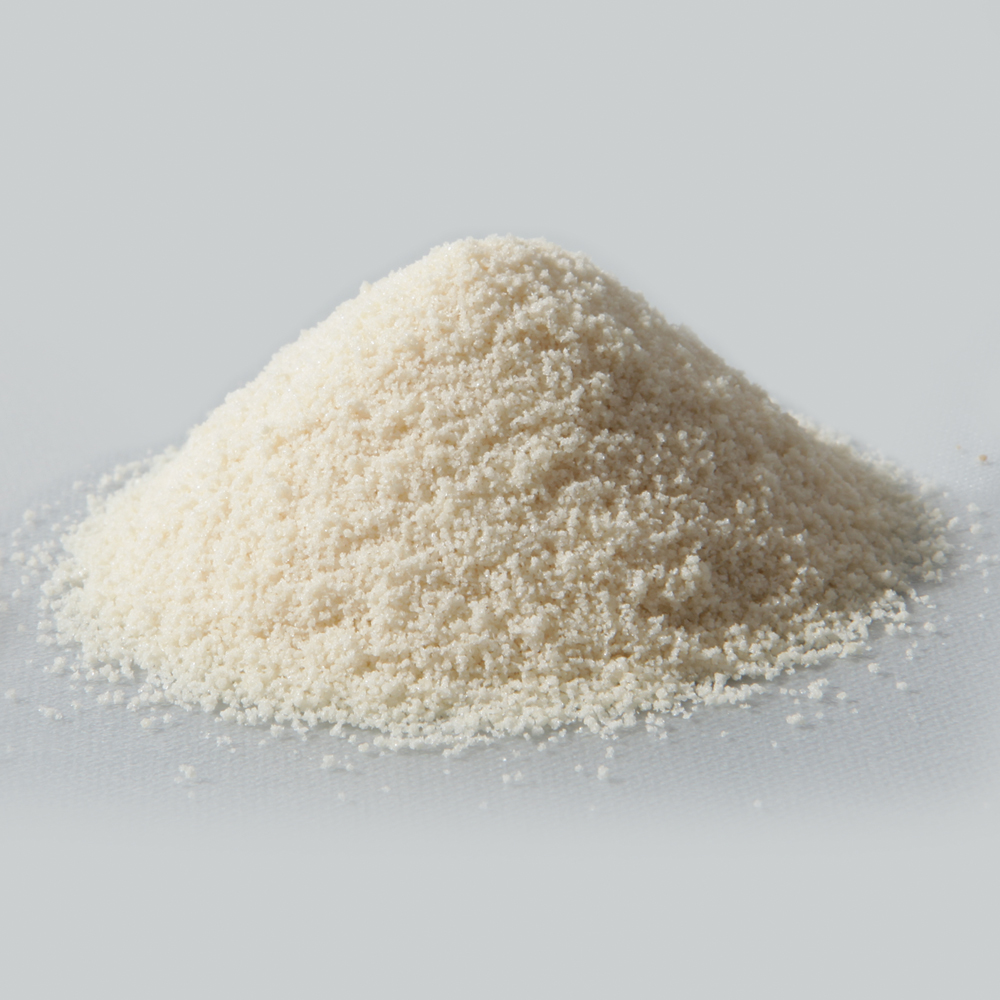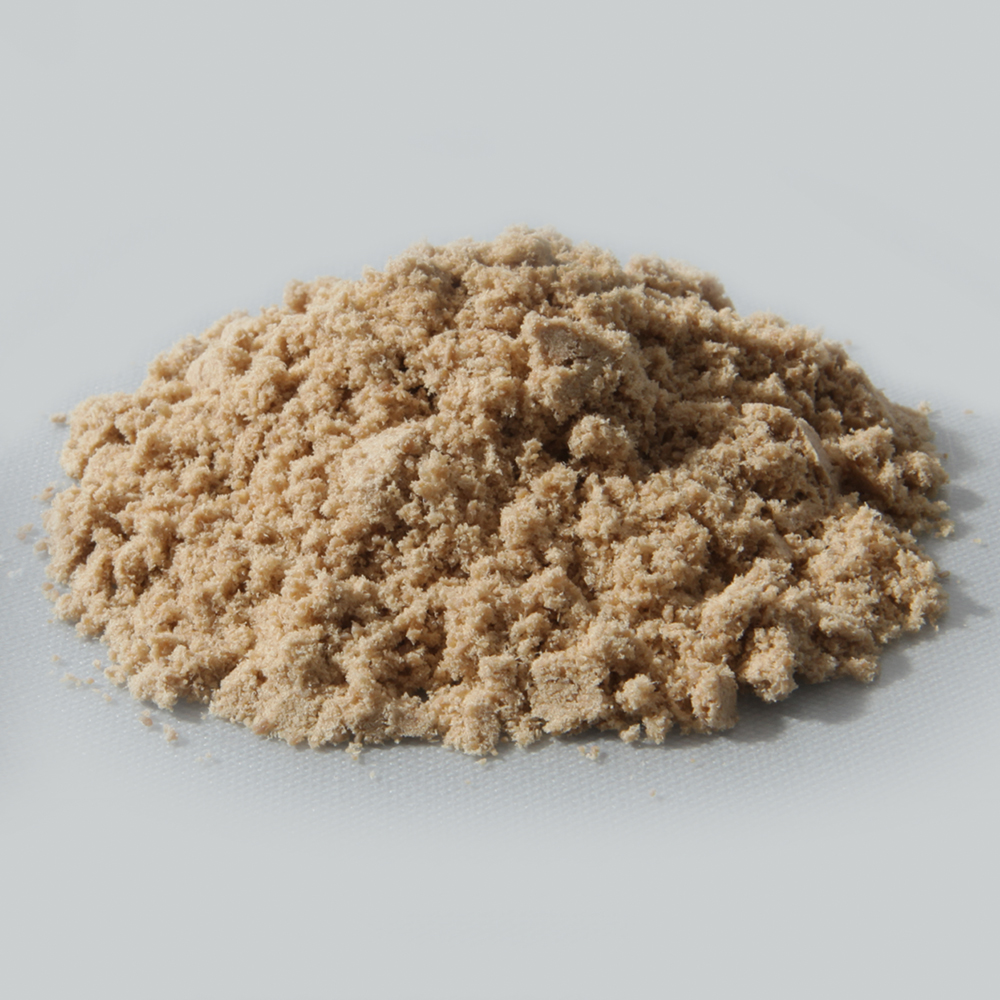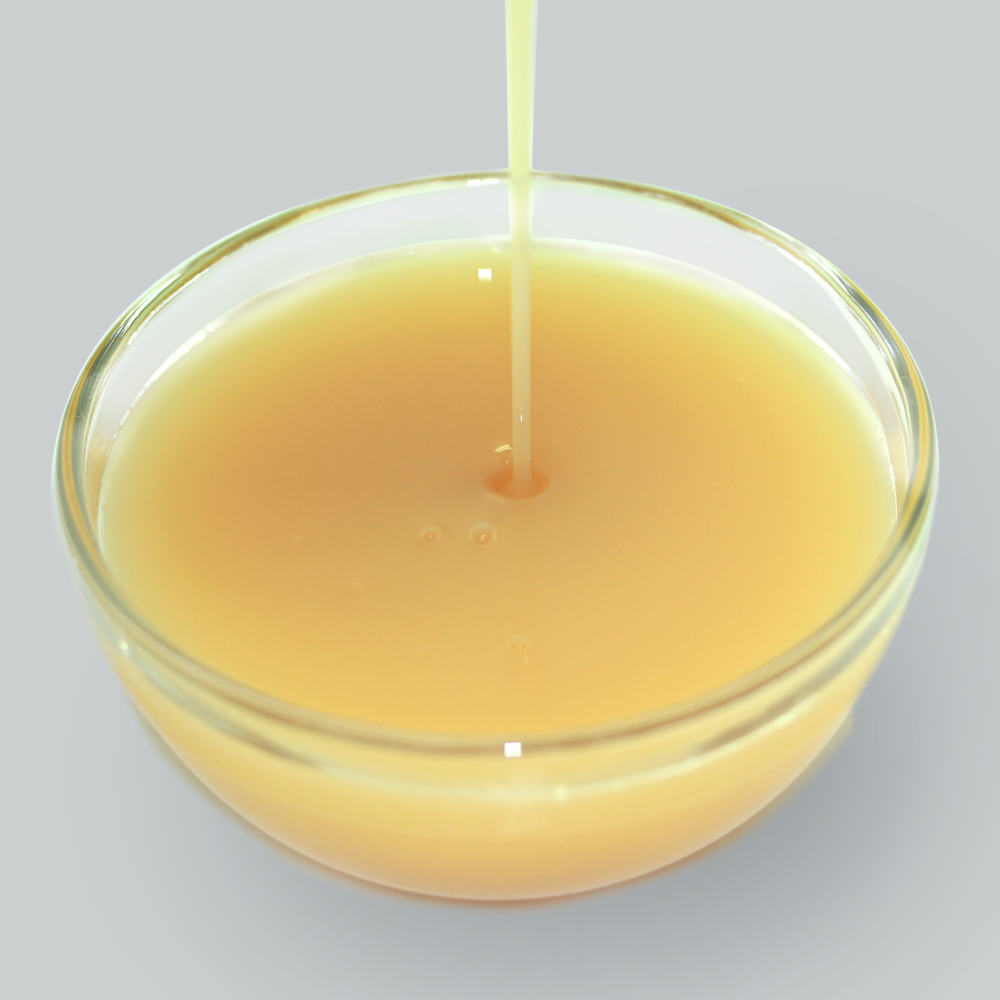What are pectins?
Pectins are structural carbohydrates that are found in all higher plants and predominantly perform a supporting function. They are bound to cellulose and hemicellulose within a cell wall matrix by neutral sugars. They are generally referred to as protopectins in this form and are not water soluble.
It is possible to extract protopectins from the cell wall and obtain functional pectin for use in animal nutrition. To do this, the neutral sugar bond is broken in a complex extraction process. The pectin is then released from the cell wall matrix and bioavailable.






